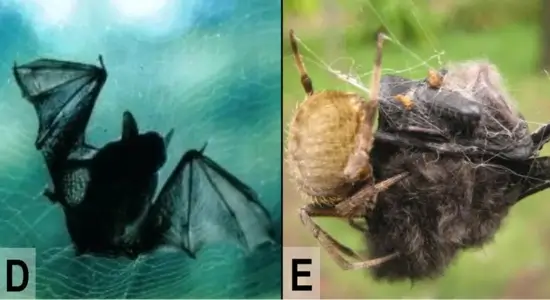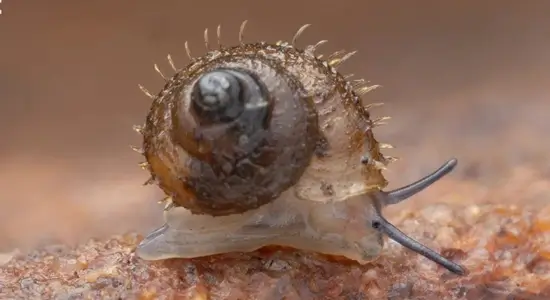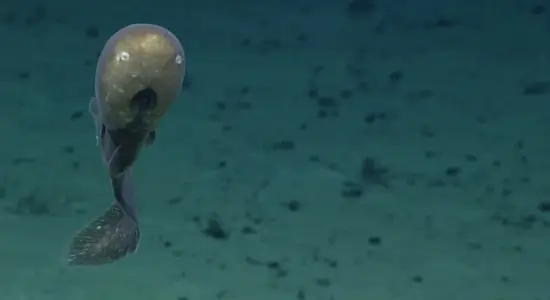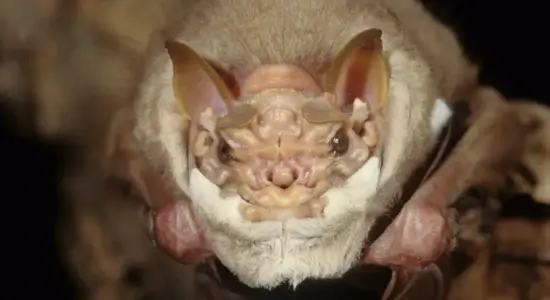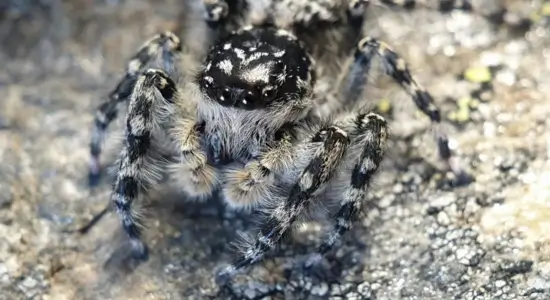At Fact Fun, we love when science uncovers moments that seem almost too whimsical to be real. Recently, a sea pig — a bizarre deep-sea relative of the sea cucumber — was caught on camera “dancing” over 2,300 meters (7,500 feet) beneath the ocean’s surface, swaying its pink, translucent body in rhythm with the currents.
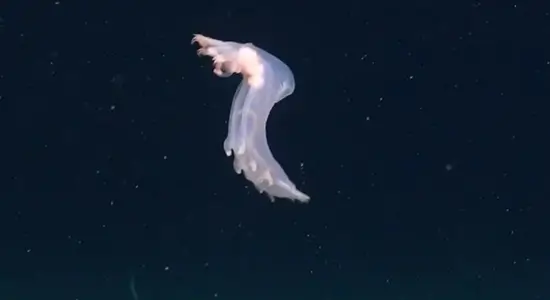
Captured by Schmidt Ocean Institute
The footage was recorded by researchers aboard the Schmidt Ocean Institute’s ROV SuBastian during an expedition to the Papahānaumokuākea Marine National Monument in the Pacific Ocean. This protected area, located northwest of Hawaii, is one of the largest marine conservation zones on Earth and a frequent site for deep-ocean discoveries.
At such crushing depths, sunlight never reaches, temperatures hover just above freezing, and pressures can exceed 230 times the force of Earth’s surface. Yet, this gentle “dancer” thrives there.
What Exactly Is a Sea Pig?
The sea pig (Scotoplanes globosa) is a type of sea cucumber that lives on the ocean floor, feeding on tiny organic particles known as “marine snow.” Its plump, gelatinous body and tube-like legs help it glide gracefully over sediment — and, in this case, perform what looked like a deep-sea ballet.
The reason sea pigs appear to “dance” is their unique way of walking. Their legs inflate and deflate like balloons as they move, creating an illusion of rhythm. Combined with their rosy, translucent bodies, it’s no wonder this creature has become a viral sensation among deep-sea enthusiasts.
Why Scientists Care
Beyond its charm, the sea pig’s movement helps researchers understand how deep-sea invertebrates adapt to extreme pressure and low oxygen. Its skin acts as both armor and breathing surface, and its tube feet serve as locomotion and sensory tools.
💡 Did You Know?
Sea pigs are found all over the world’s oceans, typically at depths between 1,200 and 5,000 meters, and can make up over 95% of the animal biomass in certain abyssal plains. Their resilience shows how life finds a way even in near-total darkness.
If strange ocean dwellers fascinate you, explore how faceless cusk eels were rediscovered after 144 years or read how ancient “hell ants” once ruled Cretaceous forests — both proof that nature’s strangest forms often hide in plain sight.
And if you ever stumble upon something wonderfully weird, just remember: the world still has plenty of secrets left for us to discover here at Fact Fun.
ref : IFLScience

